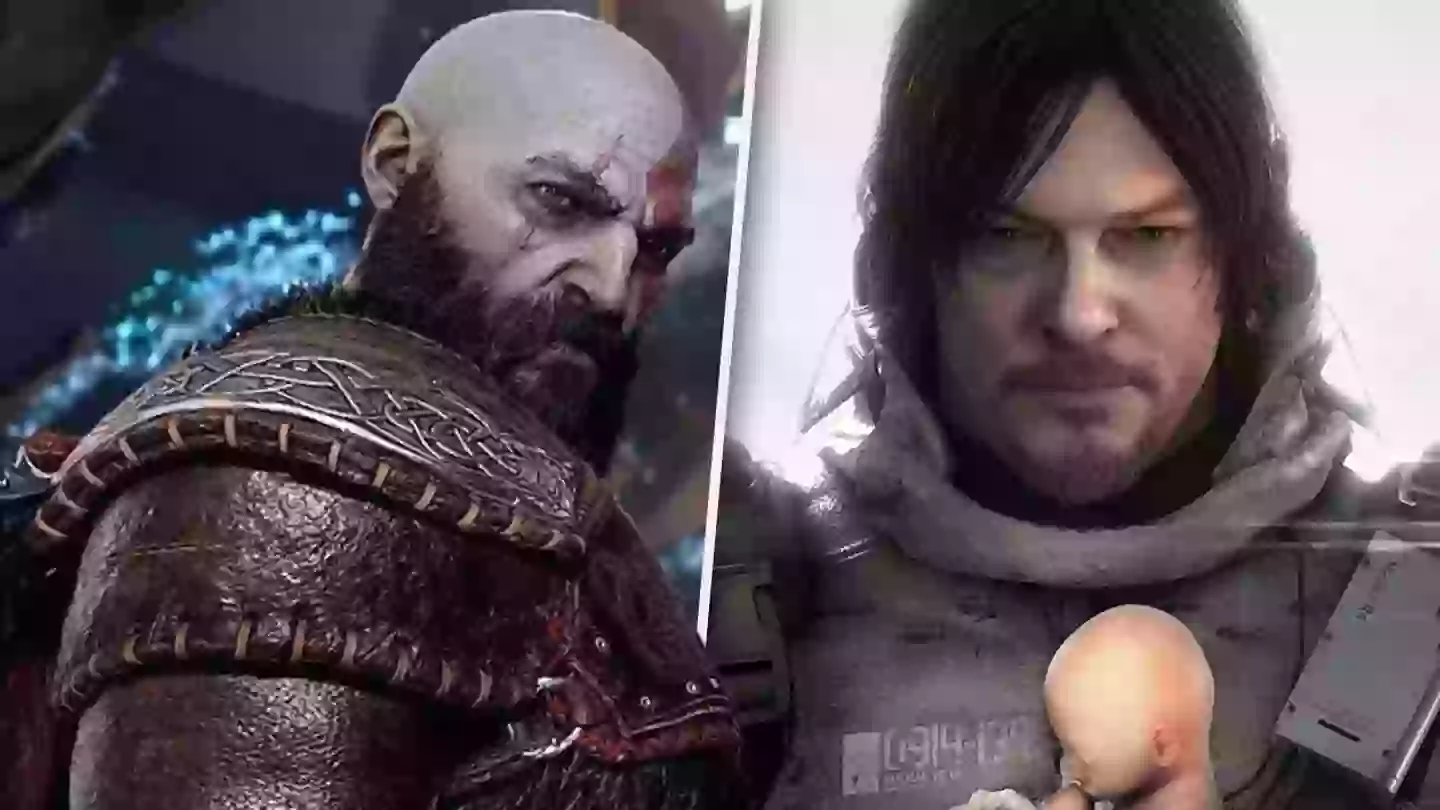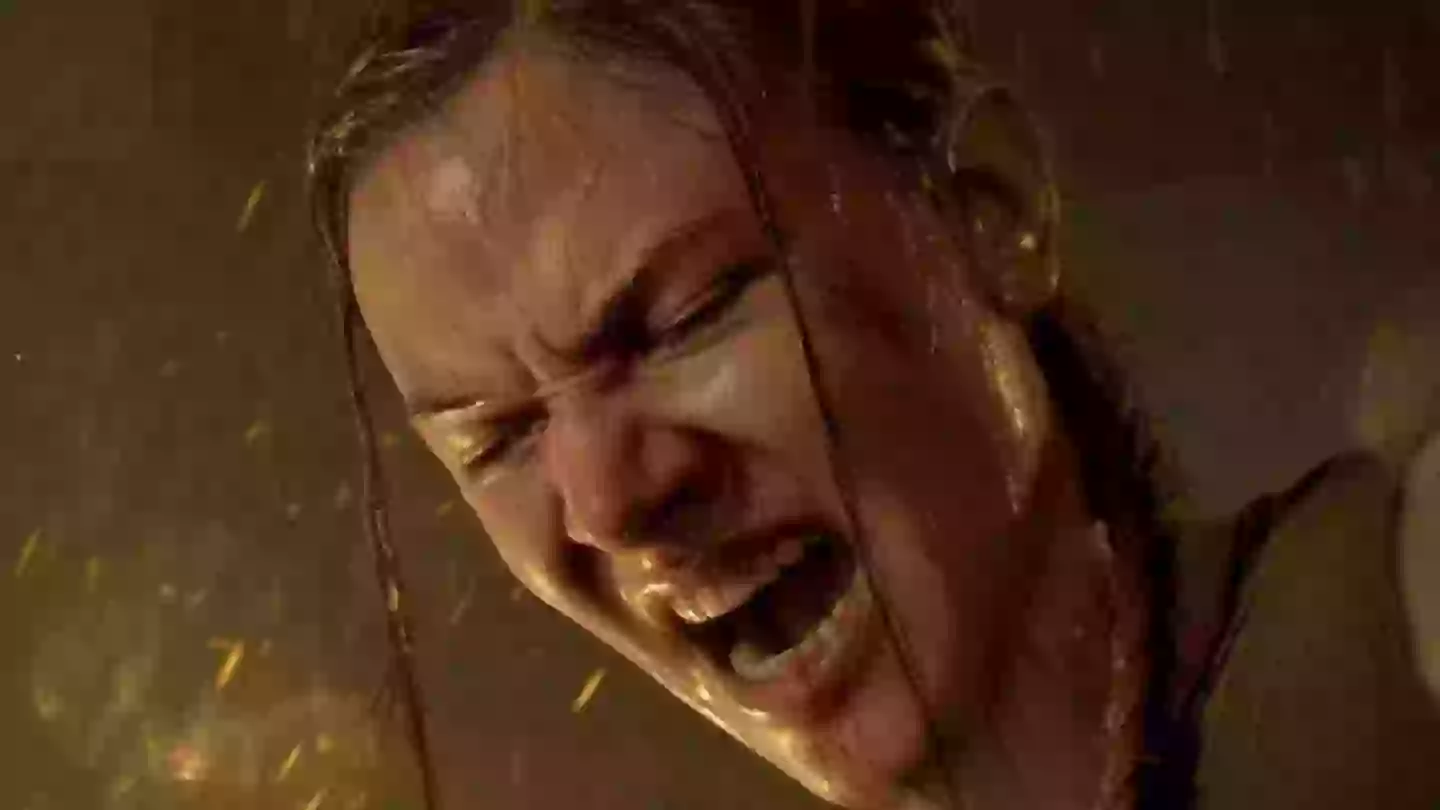
The other day, a debate arose at GAMINGbible HQ: Are cutscenes a blessing or a curse? It took me by surprise because I’ve never seen cutscenes as anything other than the former. Don’t get me wrong, I appreciate games that keep things short and to the point but there’s also scope in the industry for examples that fall on the opposite end of the spectrum. As narrative-driven games continue to prove their popularity, lengthy cutscenes are popping up in almost every major franchise. I’ll admit, not every game needs to pull a Kojima (See: Metal Gear Solid 4 and Death Stranding) but there’s a case to be argued that lengthy cutscenes are actually good for games - and shouldn’t just be dreaded or skipped.
Lengthy cutscenes are here to stay. I suppose everyone’s cutscene tolerance will result in a different definition of ‘lengthy’ but I’m talking about anything that requires you to down tools for more than a few minutes. The newly-released Gotham Knights opens up with a 10-minute cinematic and, if insiders are to be believed, God Of War Ragnarök consists of around four and a half hours worth of cutscenes in total. If you’re not enjoying a cutscene, you may bemoan the fact that it’s too long. It may feel like a barrier between you and your next fix of gameplay but the thing is, the cutscene probably isn’t too long. It just hasn’t been effectively used.
Speaking of God Of War Ragnarök, check out the latest trailer below.
Cutscenes shouldn’t turn games into movies - nor exist simply to show you how pretty the graphics can be. They should elevate the gameplay and enhance the narrative and with these principles in mind, a cutscene’s length should become an irrelevant thought. It’s no secret for those that know me that I’m a major The Last of Us fan so naturally, I’m going to prove this point using one of my absolute favourite cutscenes from The Last of Us Part II.
Advert

Towards the end of Abby’s ‘Seattle Day 1’ chapter, she’s captured by Seraphites with the scene clocking in at around five minutes. It’s bookended by two high-tension action scenes. In the preceding scene, Abby faces a large number of human enemies alone yet fully armed. In the latter scene, Abby must deal with battling a number of Infected without her weapons. The cutscene doesn’t break the tension. It’s the perfect bridge between the two moments. The direction of the scene puts you in Abby’s shoes in a way that gameplay alone is unable to. Your field of view as the player is limited. You spy the legs of your captors and the darkness of the forest surrounding you. There’s a building anxiety in the scene. By the time the cutscene seamlessly transitions back into gameplay, you’re left with a burning desire to fight for your life (Well, Abby’s). That’s the power of a cutscene. It should draw you into the game to the point that you totally forget you’re actually watching something predetermined unfold.
The point is, we need not despair at the growing prevalence of cutscenes. Games will always be games - the inclusion of cutscenes won’t change that - but as cutscenes grow in length and frequency, it’s important that we learn how they should be best used, so let’s change the narrative. A bad cutscene isn’t too long, it’s just poorly designed.
Topics: God Of War, Gotham Knights, Opinion, PlayStation, The Last Of Us, Xbox